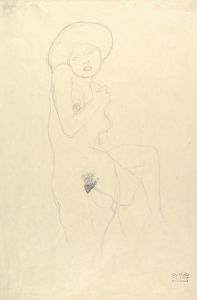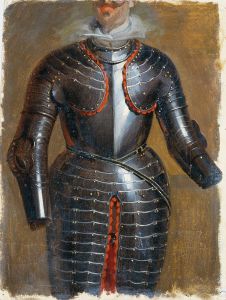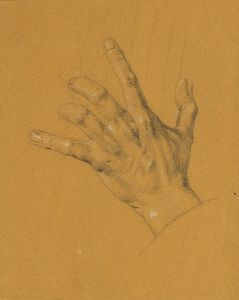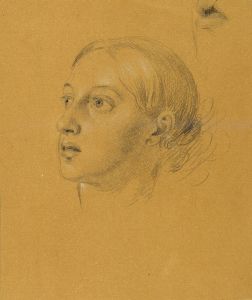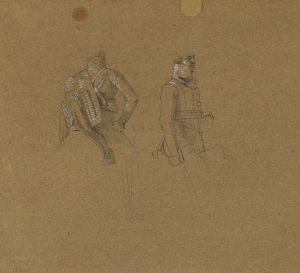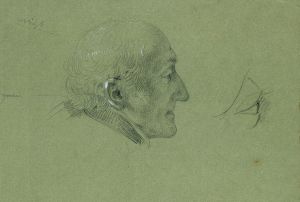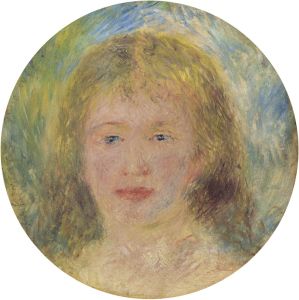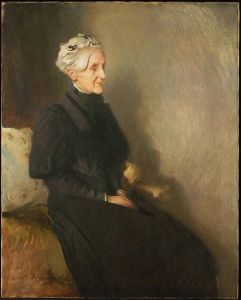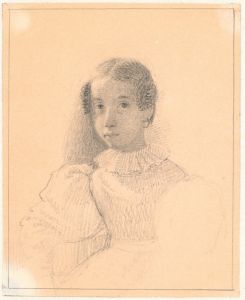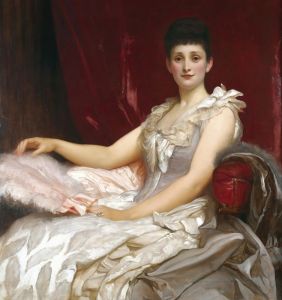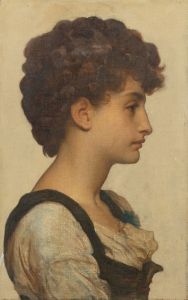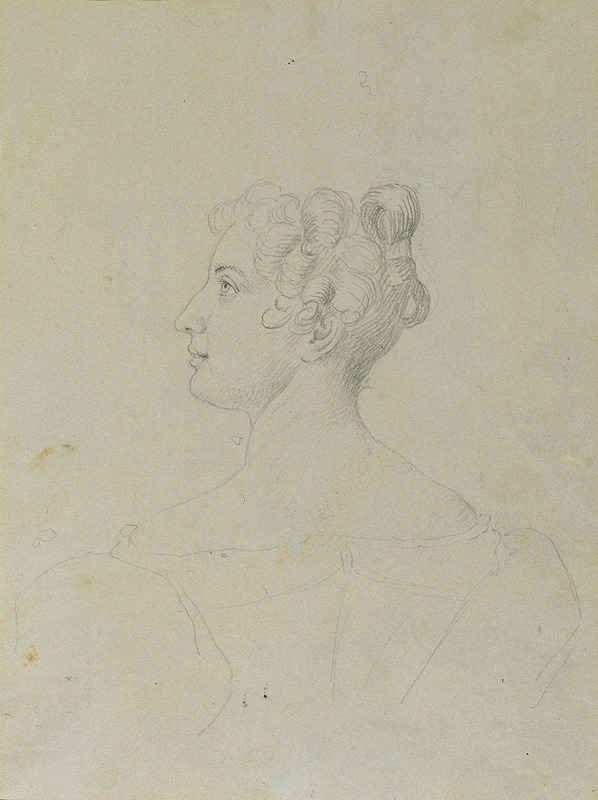
Weibliche Bildnisstudie
A hand-painted replica of Johann Peter Krafft’s masterpiece Weibliche Bildnisstudie, meticulously crafted by professional artists to capture the true essence of the original. Each piece is created with museum-quality canvas and rare mineral pigments, carefully painted by experienced artists with delicate brushstrokes and rich, layered colors to perfectly recreate the texture of the original artwork. Unlike machine-printed reproductions, this hand-painted version brings the painting to life, infused with the artist’s emotions and skill in every stroke. Whether for personal collection or home decoration, it instantly elevates the artistic atmosphere of any space.
Johann Peter Krafft was an Austrian painter known for his contributions to the Biedermeier period, a style that flourished in Central Europe between 1815 and 1848. This period is characterized by its focus on the middle class and an emphasis on realism and detail. Krafft's works often depicted historical and genre scenes, and he was recognized for his ability to capture the essence of his subjects with precision and clarity.
"Weibliche Bildnisstudie," which translates to "Study of a Female Portrait," is one of Krafft's works that exemplifies his skill in portraiture. Unfortunately, there is limited specific information available about this particular painting, including its creation date, the identity of the subject, or its current location. However, it can be inferred from Krafft's broader body of work that this painting likely reflects the stylistic elements typical of his oeuvre.
Krafft's portraits are known for their attention to detail and the ability to convey the personality and status of the sitter. His works often feature a realistic portrayal of clothing and accessories, which provides insight into the fashion and cultural context of the time. The Biedermeier period, during which Krafft was active, was marked by a shift towards more intimate and personal art, focusing on the domestic and everyday life of the middle class. This context suggests that "Weibliche Bildnisstudie" might have been intended to capture not just the physical likeness of the subject but also to reflect her social standing and personal character.
Krafft was born in Hanau, Germany, in 1780 and later moved to Vienna, where he became a prominent figure in the art scene. He studied at the Academy of Fine Arts in Vienna and was influenced by the works of earlier masters, which is evident in his meticulous approach to composition and form. Throughout his career, Krafft received numerous commissions from the Austrian aristocracy and was appointed as a professor at the Academy of Fine Arts in Vienna, where he influenced a new generation of artists.
While specific details about "Weibliche Bildnisstudie" are scarce, it is reasonable to assume that the painting embodies the qualities that made Krafft a respected artist of his time. His ability to blend realism with a subtle emotional depth allowed his portraits to resonate with viewers, capturing not only the appearance but also the essence of his subjects.
In summary, "Weibliche Bildnisstudie" by Johann Peter Krafft is a testament to the artist's skill in portraiture, reflecting the Biedermeier period's focus on realism and the middle-class experience. Although specific information about this painting is limited, Krafft's reputation and body of work suggest that it is a fine example of his artistic capabilities.





